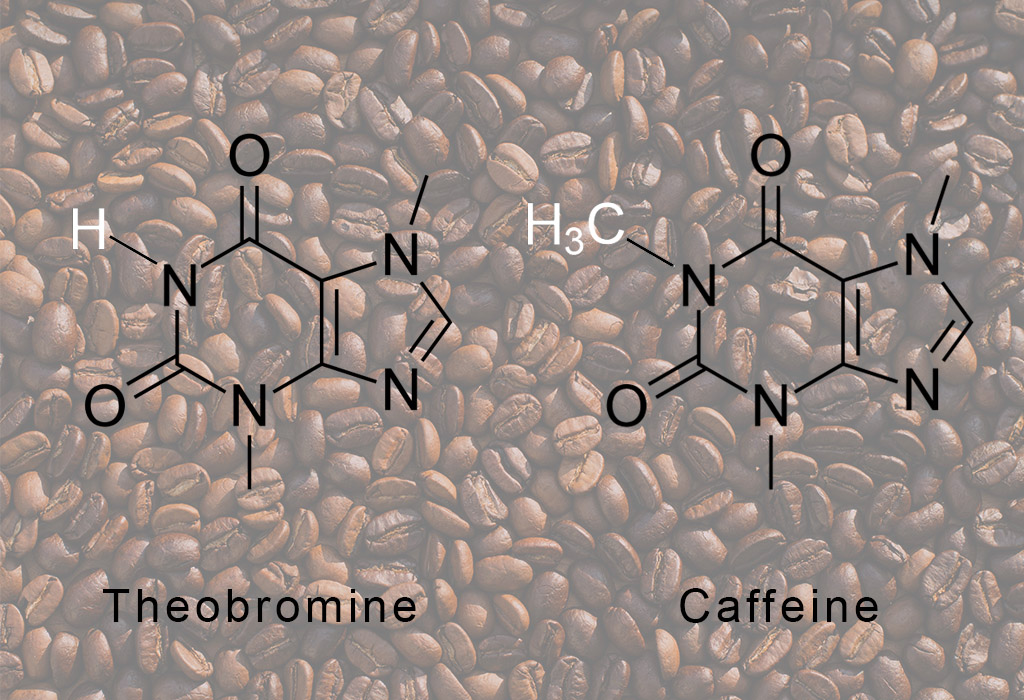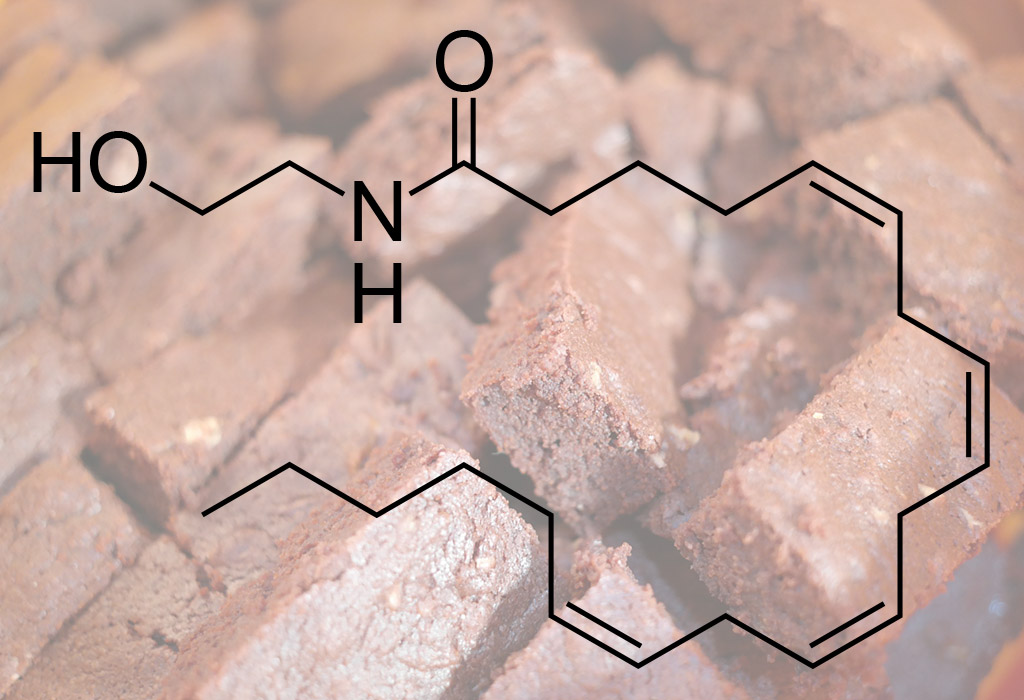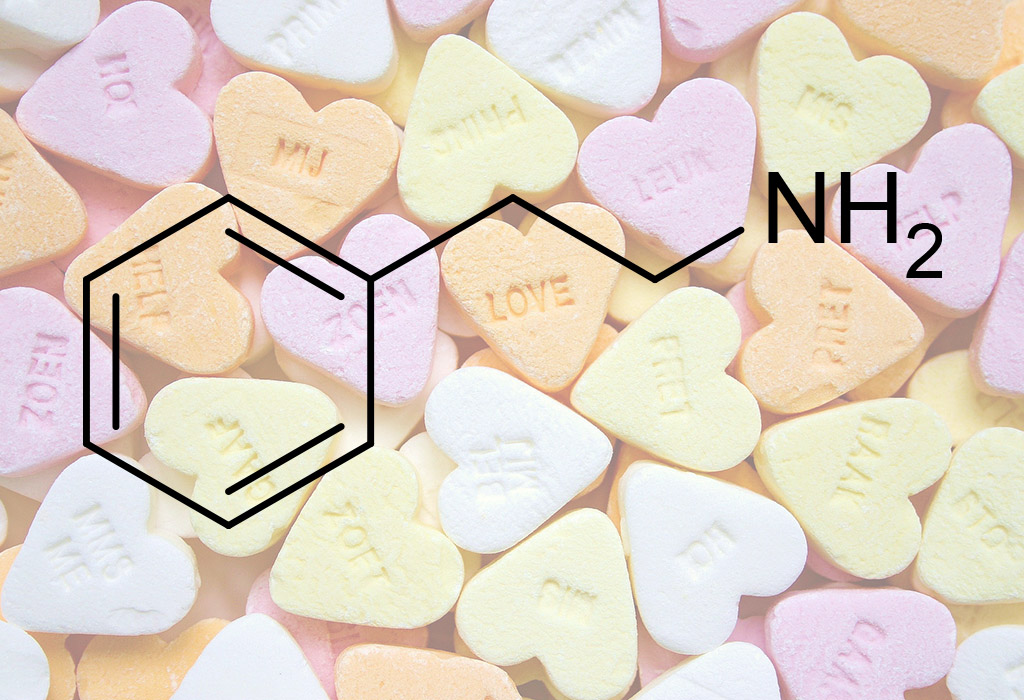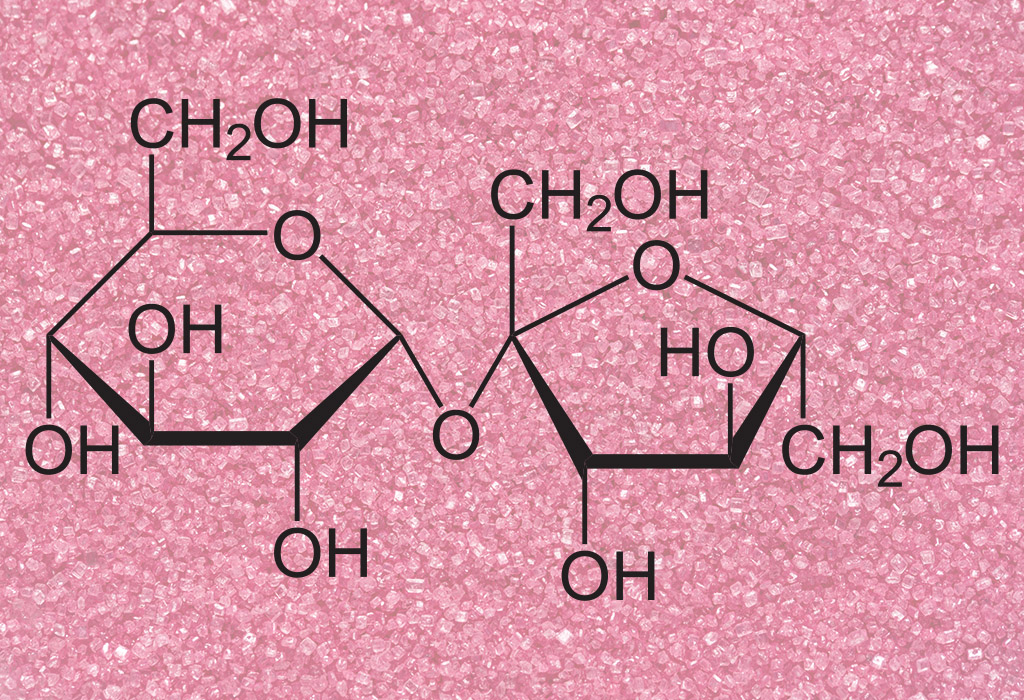Can chocolate make you happy?
There’s a reason chocolate is variously called the ‘love drug’, the ‘happiness drug’ and the ‘pleasure drug’, and it’s not to do with marketing. Chocolate contains numerous ingredients, chemicals and compounds that have been shown to affect the brain and body in a myriad of pleasurable and positive ways.
While the small amounts of each individual chemical in chocolate may not have profound effects on the brain, the combination of them all packaged together in a handy bar, which looks and tastes great and feels like a bit of an indulgence, is a winning combination to produce happy feelings in the eater.
Let’s take a look at some of them:
Theobromine
Theobromine is an alkaloid (an organic compound containing nitrogen), belonging to the everyday chemistry of the plant world. It’s also found in varying amounts in tea, coffee and the kola nut, though chocolate is the richest known source.
Interestingly, there is no bromine in theobromine—the name comes from the cacao tree, Theobroma, which literally translates as ‘god drink’ (‘theo’ meaning ‘god’ and ‘broma’ meaning ‘drink’), as the Mayan people thought chocolate was the drink of choice for their gods. The ‘ine’ on the end is due to chemistry’s naming convention and can be found in many other alkaloids such as caffeine, nicotine and morphine.

Theobromine (on the left) is chemically only one methyl group different from caffeine (on the right) and has many of the same stimulant effects on the human brain when given in equal doses. This contributes to that well-known lift you get from eating chocolate. It is also why both caffeine and theobromine are banned as performance-enhancing drugs in race horses.
Just remember, while the human brain may enjoy a small dose, don’t give it to Fido—both theobromine and caffeine are metabolised too slowly by many animals, including dogs, so are potentially lethal to them, which just shows how biologically active these compounds really are.
Anandamide
Anandamide is cannabinoid, meaning that it affects many of the same functions of the brain as THC (the major psychoactive active ingredient in cannabis). Anandamide is produced naturally in the human brain and small quantities are also found in chocolate. Anandamide has been shown to reduce anxiety in clinical trials. However, you’d need way, way, way too much chocolate to have the same effect as was found in those studies.

Phenylethylamine (PEA)
Feeling lovey-dovey? Perhaps a bit giddy or excited after receiving those chocolates from your partner? That could be the effects of phenylethylamine, a chemical which stimulates the brain’s pleasure centres and which is released when we fall in love. And the food that contains the highest concentrations of phenylethylamine? Yep—chocolate. No wonder it’s so popular on Valentine’s Day.

But don’t get too excited. Most of the phenylethylamine derived from chocolate is metabolised quickly, making it unlikely to have any significant aphrodisiac effects on the brain. But it’s the thought that counts, right?
Sugar
To reduce bitterness, most chocolate bars contain a fair whack of sugar—dark chocolate generally has around 30 per cent and milk chocolate upwards of 50-60 per cent.

Most of the chocolate we eat contains sucrose (also known as table sugar). Sucrose is a simple carbohydrate made up of one ring of glucose and one fructose, fused together. When we eat sugar, the enzymes in our intestines split it into glucose and fructose in a 1:1 ratio. Chocolate manufacturers in some countries use high fructose corn syrup (in a 55 fructose:45 glucose ratio) instead of sucrose, but inside our body it end up the same.
When sweet sugars hit our tastebuds they send a chemical message to our brain. This not only tells our brain we have just eaten something sweet, but it also triggers the release of chemicals normally associated with reward and pleasure. The most well-known of these is dopamine, but there are many other chemical changes that all contribute to the pleasing sensation we get after eating sweet things. It’s no wonder we crave it.





